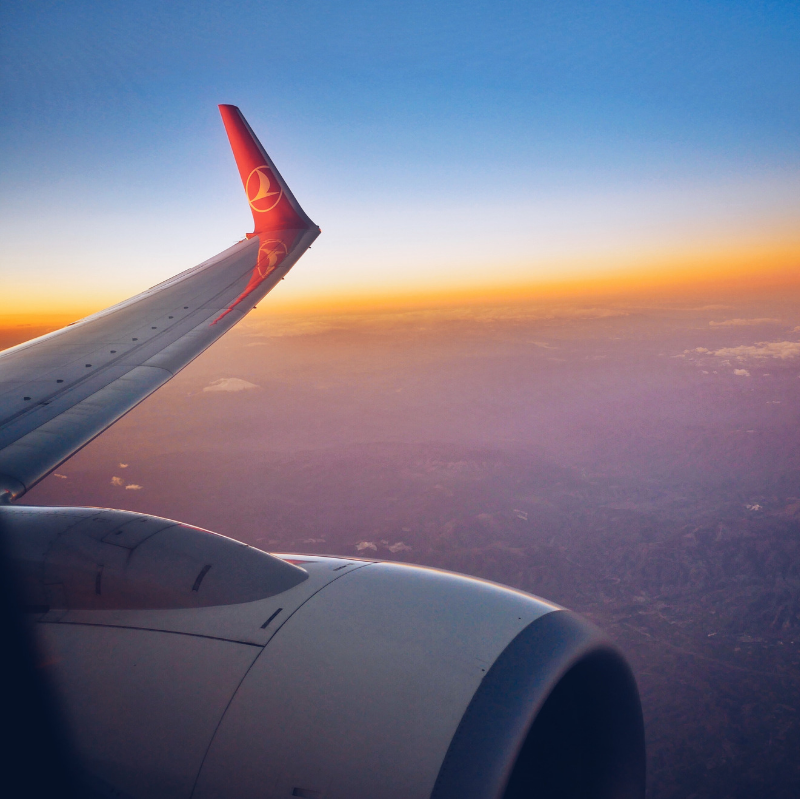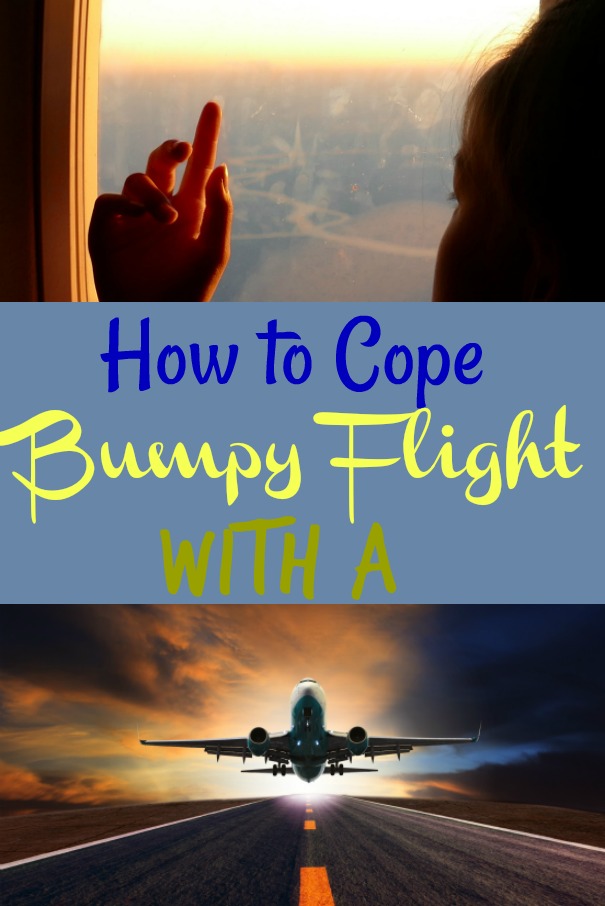
How to Deal with A Bumpy Flight
How do you cope with a bumpy flight? I’ve seen all sorts of methods. You know what I am talking about. When turbulence hits on a flight there are all sorts of methods for coping. Maybe you have seen them too. There’s the freak out, the anxious prayer, the arm clutcher, and even the zen flyer who lets nothing at all stress them out ever. The latter is way rarer than the other types of nervous flyers.
Anyone who has ever traveled by air to any destination, knows the sudden drop/lift and general bounce around, that clear air turbulence can create. For the passenger suffering from a phobia of flying, this unexpected movement can be extremely unsettling.
However, just like anything, knowledge is power. Knowing why turbulence happens can help allay fears. Therefore, to deal with turbulence on a bumpy flight, it helps to know what causes it and then you can develop some strategies to lessen the impact of this normal travel event.
Clear air turbulence occurs when air travels at different speeds in a vertical direction. These can be caused by mountain ranges or when there is a mixture of warm and cooler air combining. The effects are normally felt at a high altitude and are usually undetectable by radar or sight. Since the aircraft is traveling at a high speed, the sudden drops and lifts are caused by the differing rates of external vertical air movement. Generally, these areas are minimal in density and not long lasting.
Table of Contents
So how do we deal with a bumpy flight:
1. Understand the why of it.
See above. It is basically a very simple occurrence and it is normal. So if you know that it is normal and not long lasting perhaps that can help you understand that turbulence really shouldn’t be worrisome at all.
2. How do we guard against injury?
On many national and international flights, you may be instructed to wear a seat belt at all times. If flight crew suspect it will be a bumpy flight they may advise early on that seatbelt are recommended for lengthy periods of time. Safety first so take heed. Follow the instruction and do not move from the seat unless absolutely necessary. The restraint of the seat belt will bind you with the aircraft and reduce the amount of internal surging otherwise experienced. Make sure that your tray table is up and locked and have no items that may dislodge and hurt you or anyone else.
3. Find your happy place.
TRY to relax – you know what’s happening – its normal. Distract yourself. I like to read when I get a bit nervous on any flight. For me, that’s on take off too. Reading distracts me and helps me stay calm. Maybe think about friends and family who you are meeting at the airport or that holiday destination that awaits you in a couple of hours. When you are relaxed, you stand a greater chance of not suffering any harsh reactive muscle soreness unexpected turbulence can cause.
4. How do you prevent spillage of food and drinks?
Always keep the lids on drinking vessels and food containers while not in use. Don’t sit there with a drink ready to spill. Always keep food secure and held fast. Many a beer has been spilled on that person sitting beside you because of your lack of care and attention. Even when there is no turbulence, be prepared for the sudden movement and you’ll easily avoid a very sticky and sometimes embarrassing situation.
The first flight I ever went on was to Venezuela’s Margarita Island back when I was 22. Unaccustomed to the weightlessness, and the turbulence, I spilled a drink on the person behind me. Yes that takes a special kind of talent indeed. Now I always advise my kids to drink the beverages carefully and quickly, and I do the same. Lesson learned.
5. How do you overcome turbulence induced nausea?
Sometimes you can overcome this horrible feeling by deep breathing and trying to relax. Travel with Gravol or Dramamine if you live in the US. I always have some on hand. Gravol works pretty fast for adults. Be warned though it will often make them drowsy and ready the labels of course before using. This might be a good point to remind you always travel with your medication in your purse or carry on luggage nearby.
Other times, it may be inevitable that someone in your party vomits. The important thing to realize in travel, is that some discomfort may occur. All flight attendants have seen people vomit before and you would not be the first or the last to become ill during turbulence. If you can, advise the person next to you that you are unwell and have the bag out and ready just in case.
During turbulence, vomiting is not considered an emergency, so use the bag and do not attempt to make it to the bathroom. Remember that you may hurt yourself or others on the way or you may not make it at all and cause a very embarrassing mess in the aisle.
6. How do you deal with children at such times?
The same way that you cope with the turbulence yourself. Don’t allow them to be unrestrained or to move around unnecessarily. This may again, cause injury to them or to others. Distract them (and yourself) into a more comforting line of thought. Play imagination games, read a book or hand them the iPad.
It’s part of air travel
Turbulence is a fact of flying, but it should not ever ruin your trip or cause injury. Simply knowing what it is and developing your own ways to cope with the transient unpleasantness can be enough. Trust me the temporary discomfort or worry is typically brief so keep calm and fly on! The trip will be worth it.
This post contains an affiliate link as a service to readers. If you make a purchase I receive a small commission.







